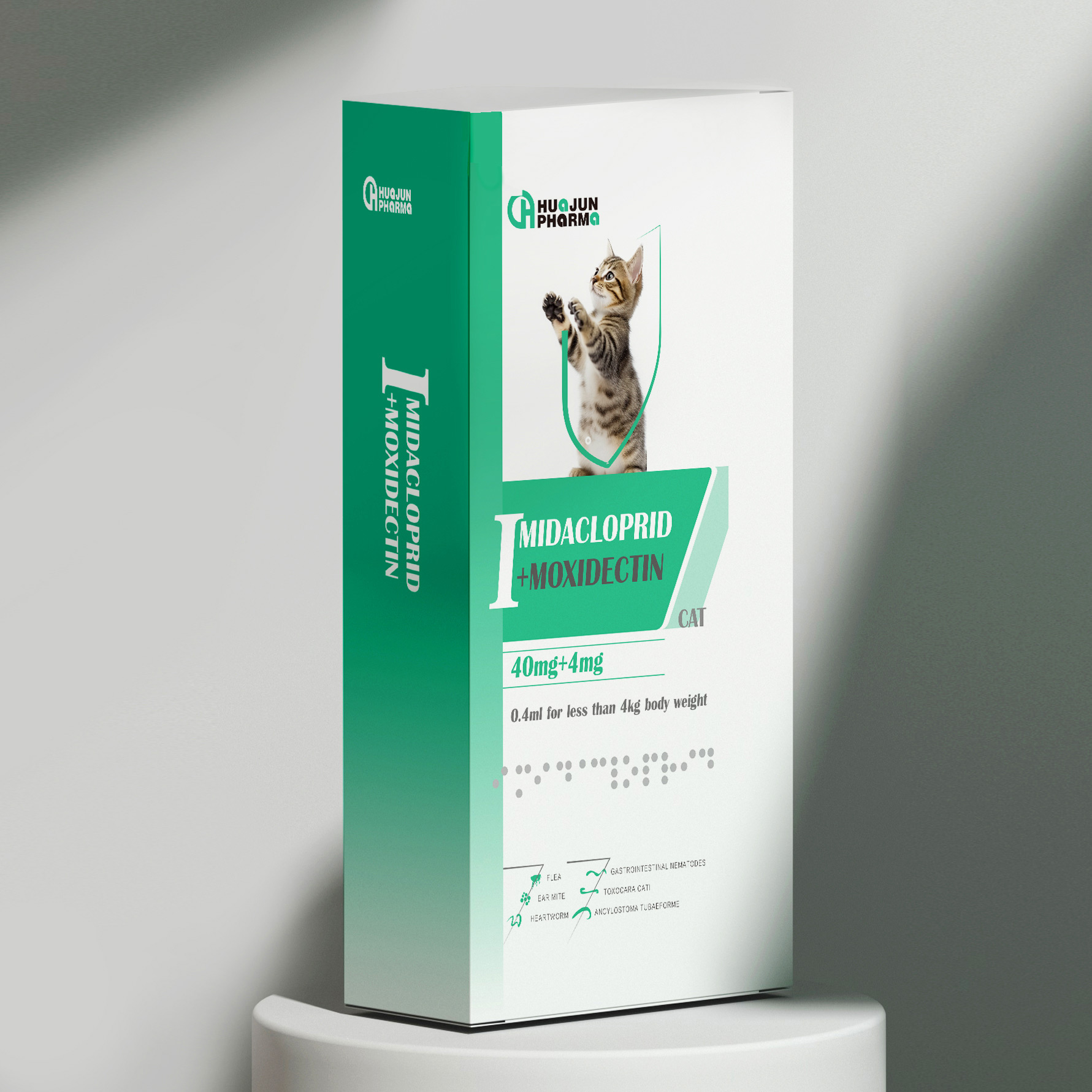
Jul . 29, 2024 04:36 Back to list
Understanding Salpingitis in Poultry Production and Its Impact on Chicken Farms and Health
Salpingitis in Chicken Factories Understanding the Issue
Salpingitis is a significant health concern in the poultry industry, particularly regarding the reproductive health of hens in chicken factories. This disease primarily affects the oviduct, which is a crucial component of the reproductive system responsible for the transportation of eggs. An outbreak of salpingitis can lead to substantial economic losses for poultry producers, reduced egg production, and compromised animal welfare.
What is Salpingitis?
Salpingitis is an inflammation of the salpinx, or oviduct, caused primarily by bacterial infection. In chickens, this condition can result from various pathogens, including Escherichia coli, Mycoplasma, and various strains of Clostridium. These microorganisms can invade the oviduct, leading to inflammation and subsequent scarring, which may obstruct the normal passage of eggs. This could result in layers experiencing difficulty in laying eggs, increased mortality rates, and a general decline in the health of the flock.
Symptoms and Diagnosis
The symptoms of salpingitis can be subtle and may go unnoticed until the disease has progressed significantly. Some of the common signs include reduced egg production, abnormal eggs (such as those with soft shells or no shells), and increased rates of egg binding. More severe cases may be accompanied by visible discharges from the vent or gastrointestinal issues.
Diagnosing salpingitis involves a combination of clinical observation, necropsy, and microbial culture tests
. Poultry veterinarians may examine live birds for symptoms or conduct post-mortem examinations to confirm the presence of inflammation or bacterial infections within the reproductive tract.Impact on Poultry Production
salpingitis chicken factories

In chicken factories, the presence of salpingitis can severely affect production outputs. Affected hens may become less productive, leading to decreased egg yields, which can ripple through the supply chain. Additionally, the presence of disease can necessitate increased veterinary interventions, including medication and sometimes the culling of affected birds.
The economic implications of salpingitis can be profound. With the global demand for poultry products increasing, maintaining healthy flocks is imperative for profitability. Producers often face the dilemma of balancing biosecurity measures, animal welfare, and production efficiency. An increase in salpingitis cases correlates with higher feed costs, increased labor for monitoring and treatment, and potential market penalties for the sale of substandard eggs.
Prevention and Management Strategies
Effective management of salpingitis in chicken factories hinges on strong biosecurity practices. Providers must ensure sanitary living conditions, minimize stressors in the environment, and monitor flock health regularly. It is vital to maintain proper vaccination protocols to protect birds from infectious agents that may predispose them to salpingitis.
In addition, nutrition plays a crucial role in fostering a robust immune response among hens. A balanced diet fortified with vitamins and minerals can help in strengthening the overall health of the birds, potentially preventing outbreaks. It’s also important for producers to establish protocols for immediate isolation and treatment of sick or symptomatic birds.
Furthermore, ongoing research and surveillance are essential to understand the pathogens contributing to salpingitis better. Regular analysis of flock health can help identify trends early on, allowing producers to take preventative measures before the situation exacerbates.
Conclusion
Salpingitis poses a complex challenge for chicken factories and the broader poultry industry. While it can significantly impact production and economic viability, proactive management strategies focusing on biosecurity, nutrition, and health monitoring can mitigate its effects. A collective effort from producers, veterinarians, and researchers is vital in combating salpingitis, ultimately ensuring a healthier future for poultry and those who rely on this essential industry for their livelihoods.
-
Premium China Bacillus Subtilis Supplier & Factory Solutions
NewsJul.30,2025
-
Premium Avermectin Supplier in China | Custom Solutions Available
NewsJul.29,2025
-
China Bacillus Subtilis Supplier - Custom Factory Solutions
NewsJul.29,2025
-
China Salivation: Leading Custom Salivation Supplier & Factory Solutions
NewsJul.29,2025
-
Leading Lincomycin Hydrochloride Manufacturer & Supplier with High Purity
NewsJul.29,2025
-
Bio-Enzyme Yogurt Growth Promoter Factory - Top Quality Manufacturer & Supplier
NewsJul.28,2025




